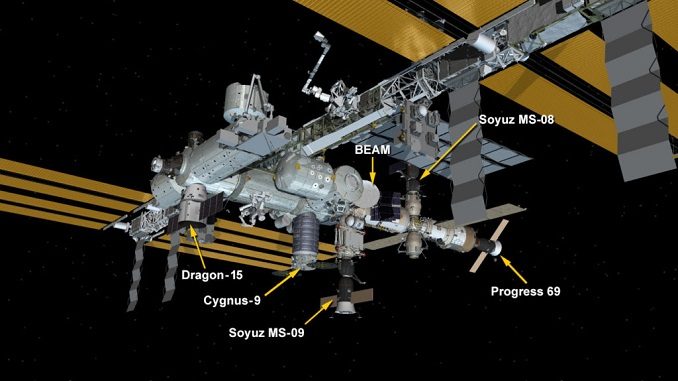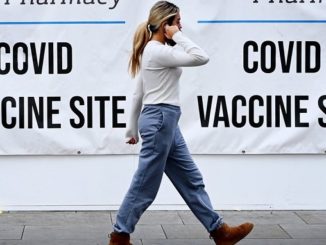
Three days after being launched from Florida, the SpaceX Dragon cargo spacecraft was installed on the Earth-facing side of the International Space Station’s Harmony module at 9:52 a.m. EDT, NASA reported.
This is the 15th resupply mission from SpaceX and this time the private company delivers more than 5,900 pounds of research, crew supplies and hardware to the orbiting laboratory.
A new research that will begin on the U.S. National Laboratory is the Space Algae investigation. The research will be selecting algae strains adapted to space and sequence their genomes to identify growth-related genes.
Because algae consume waste carbon dioxide, they can provide basic nutrition and may perceive microgravity as a trigger to produce algae oils rich in antioxidants that are expected to help in reducing the harmful effects of microgravity and cosmic radiation during spaceflight.
The Center for the Advancement of Science in Space (CASIS), which manages the U.S. National Laboratory, is sponsoring the investigation.
Another technology upgrade is the Crew Interactive Mobile companion (CIMON). CIMON is part of a study that is expected to provide first insights into the effects of an artificial intelligence (AI) supporting the crew in terms of efficiency and acceptance during long-term missions in space.
After being attached to the space station for almost a month, the Crew Dragon will return to Earth with 3,800 pounds of cargo and research, including an investigation to advance DNA sequencing in space and the Angiex cancer therapy investigation to improve understanding of endothelial cells that line the walls of blood vessels.
Meanwhile, NASA also announced that it plans to conduct a series of public tests for its new technology that is expected to reduce the sound made by sonic booms. The F/A-18 Hornet aircraft at the heart of the tests will perform dive maneuvers that produce louder sonic booms out at sea, while quieter sonic “thumps” will take place over Galveston proper.
After that, “at least” 500 local volunteers will provide feedback on what they heard, while audio sensors will provide more definitive noise readings.
The tests will help NASA’s X-59 supersonic jet team verify their noise level theories while they’re still constructing the aircraft.
The X-59 isn’t expected to start flight testing until 2021, and community overflights won’t happen until 2023.




Be the first to comment